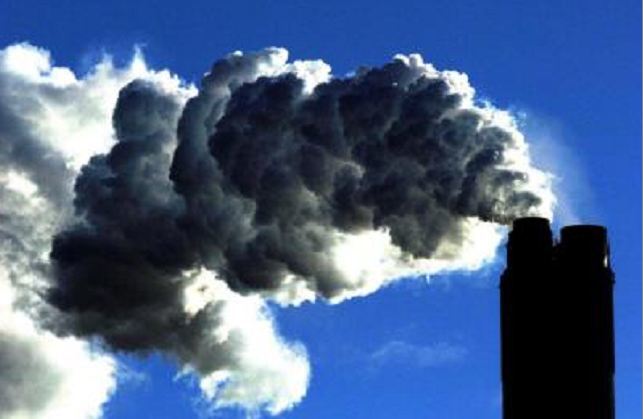
Deforested areas of the Amazon Basin have a limited ability to recover because of recent changes in climate, a study shows.
Limited growth in a drier climate has restricted the amount of carbon that new trees can lock away from the atmosphere, reducing their ability to counteract the effects of global warming.
The research was carried out by teams from the University of Edinburgh, the UK National Centre for Earth Observation (NCEO) and Nanjing University of Information Science and Technology in China.
Scientists found forests replanted today would likely be able to recapture only two-thirds of the carbon that they have lost to the atmosphere in the past 20 years through deforestation and climate change.
Professor Mathew Williams, of the University of Edinburgh’s School of GeoSciences, said: “Owing to the impact of climate change, replanted and recovering forests may not grow to the sizes found in the undisturbed Amazon.”
The findings could inform conservation strategies, including goals set out in the Paris Agreement, in which many countries have committed to reforestation.
Scientists say that while replanting forests remains an effective way to counter the effects of climate change, the new research shows this may prove to be challenging.
Researchers used artificial intelligence to combine satellite data and climate records to reconstruct annual maps of forest changes due to deforestation and climate in the Amazon Basin.
The study is the first to differentiate between the impact of human activity in the Amazon and the impact of climate change to quantify the carbon-storing potential of new forests.
Further studies of tropical regions involving new satellites should enable scientists to work with affected countries to better conserve and manage their forests.
The research, published in Scientific Reports, was funded by the Natural Environment Research Council.
Dr Jean-Francois Exbrayat, of the NCEO, who led the study, said: “Technological advances are enabling us to build a clearer picture of the resilience of the Amazon and other tropical forests, which will help develop strategies to safeguard these environments.”
Recommended for you
